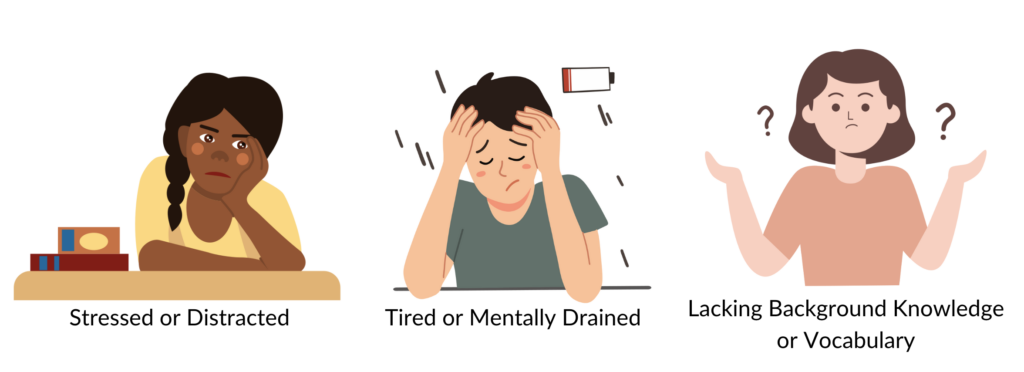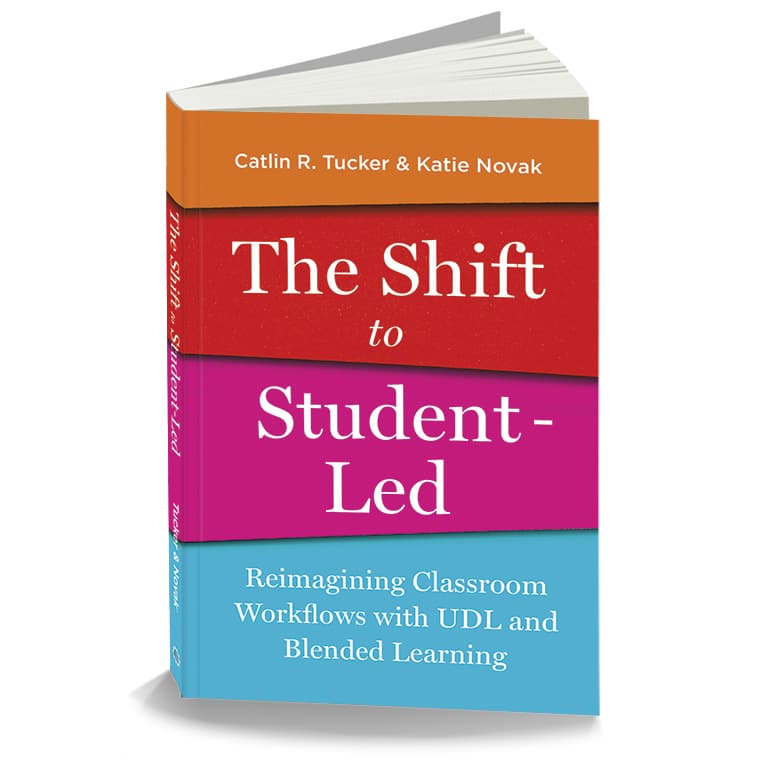Too often, teachers are trapped at the front of the room, transferring information. This information typically takes the form of a teacher-led whole-group lecture or mini-lesson. Unfortunately, live lectures and mini-lessons present myriad barriers that may make it challenging for students to acquire and comprehend the information presented.
Students may have been absent and missed the lesson before and feel lost as new information is presented. They may be tired, distracted, and struggling to stay attentive. The pace of the information being presented may be too fast or too slow. Students may not have the background knowledge or language proficiency to understand the material. These barriers are one reason to question the value of spending large chunks of precious class time at the front of the room transferring information.
It is also frustrating as a teacher to spend significant time covering content and unpacking complex concepts, issues, and processes for students and realize a large chunk of the class does not understand the material. Often, this results in teachers spending even more time reviewing content they’ve already gone over.
When teachers carry the burden of transferring the bulk of the information in a class, they do not allow students to discover information for themselves, work collaboratively with peers to make meaning, or control the pace of their learning.
If your classroom is teacher-directed, you take the responsibility for the design of instruction and the transfer of information to students. This influences students, as they internalize that it is the teacher’s job to share information and it’s the students’ job to observe their own education.
–Tucker & Novak, The Shift to Student-led
In The Shift to Student-led, Dr. Katie Novak and I unpack ten teacher-led, time-consuming, and often frustratingly ineffective workflows and reimagine them to allow students to lead the learning. Workflow shift #1 focuses on moving from information transfer to student discovery. The chapter establishes the challenges of transferring information to a whole class, dives into research, and presents multiple strategies teachers can use to position students as active agents in the learning process. The goal is to give students more opportunities to work individually and collaboratively to discover information and make meaning for themselves.
That doesn’t mean teachers won’t ever present information in the form of a lecture or mini-lesson, but we would love to see a more balanced approach where learners cultivate the skills necessary to acquire and process information on their own.
To learn more about this shift, check out our new book, The Shift to Student-led. If you are interested in a discounted bulk order of 10 or more books, complete this form.




4 Responses
As a college student, I have really struggled with this. I have had to watch so many lectures only to have to review the topic again anyway. I am really happy that you pointed this issue out, as many students, including me, struggle with this.
Such a nice and informative article thanks for sharing with all of us.
You’re welcome, Dharmendra!
Very Informative.